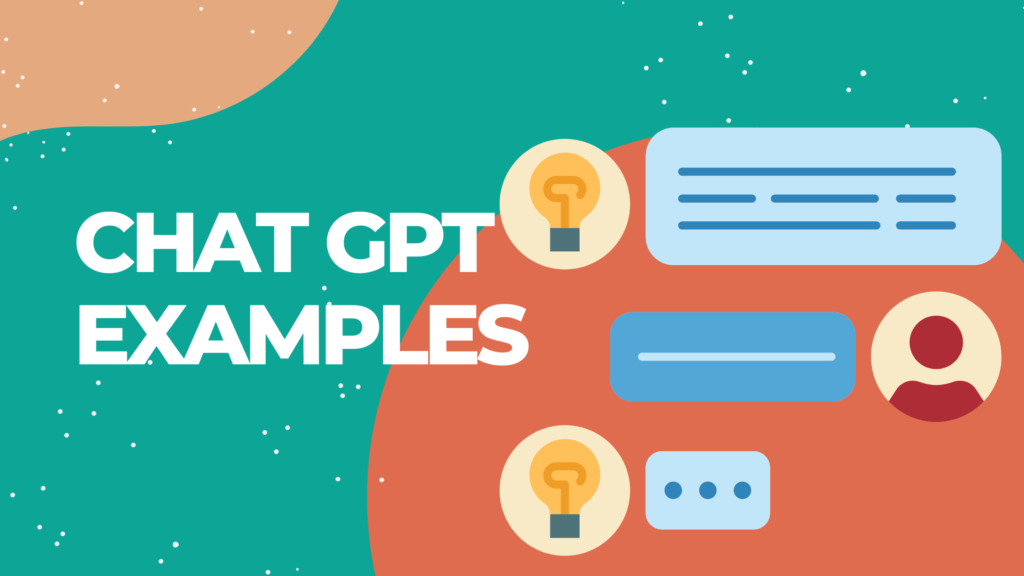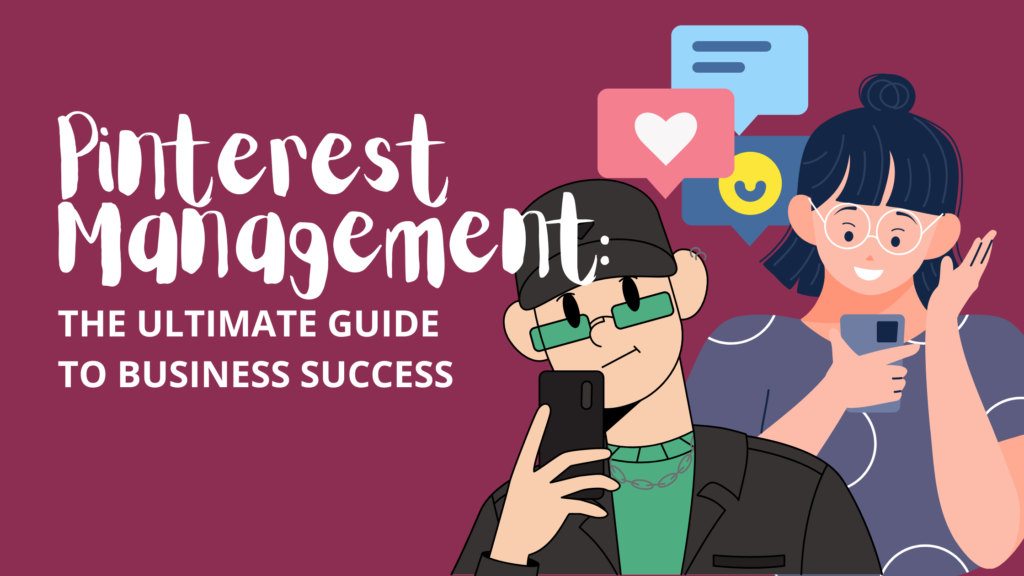Chatbots have become an essential part of many businesses today. They provide a convenient and efficient way for customers to communicate with companies and obtain the information they need. By using chatbots, companies can improve their customer service, increase customer engagement, and boost their revenue.
GPT (Generative Pre-trained Transformer) technology has revolutionized the chatbot industry by enabling chatbots to generate human-like responses. GPT technology uses machine learning algorithms to analyze vast amounts of data and then generate text based on that analysis. By using GPT technology, chatbots can provide more accurate, relevant, and personalized responses to customers’ queries.
With the increasing demand for chatbots, it is crucial for companies to integrate GPT technology into their chatbots. This will help them to enhance their customer experience and gain a competitive edge in the market. In this blog post, we will discuss the benefits of using chat GPT examples in chatbots and provide tips for implementing this technology in your chatbot.
What is GPT?
GPT (Generative Pre-trained Transformer) is a type of language model developed by OpenAI, a research company co-founded by Elon Musk. GPT uses deep learning techniques to generate human-like text. It is designed to complete a given piece of text based on the context it is given.
GPT has revolutionized the field of natural language processing by enabling computers to understand human language better. With GPT, chatbots can communicate more effectively with humans, providing an improved user experience.
How is GPT different from other language models?
GPT differs from other language models in its ability to understand and generate natural language. Unlike other models that require a lot of human input to learn, GPT is pre-trained on a vast amount of text data. As a result, it can generate more coherent and contextually relevant responses.
Another advantage of GPT over other language models is its flexibility. It can be fine-tuned to suit different applications, such as chatbots, question-answering systems, and text completion tasks.
Moreover, GPT is highly accurate, with the latest GPT-3 model achieving an accuracy level of 86.6% in the SuperGLUE benchmark. This makes it one of the most accurate language models available today.
Most importantly, GPT has made it possible to create chatbots that can engage in more natural and realistic conversations with users. Because GPT is trained on a large corpus of text, it has a broad knowledge base that enables it to generate responses that are contextually appropriate.
Examples:
Let’s take an example of a chatbot that is designed to help customers with their online shopping. Using GPT, the chatbot can understand the customer’s query and provide relevant recommendations. For instance, if a customer asks for recommendations on shoes, the chatbot can analyze the customer’s previous search history and recommend shoes that match their preferences.
Another example is the GPT-powered language model developed by OpenAI, which can write human-like text. This model has been used to create news articles, product descriptions, and even poetry.
| Language Model | Pre-training | Fine-tuning | Accuracy |
| GPT-3 | 45 TB | 570 GB | 86.6% |
| BERT | 3300M | 330M | 82.2% |
| RoBERTa | 160 GB | 160 GB | 88.5% |
| GPT-2 | 40 GB | 1.5 GB | 76.1% |
Table source: https://huggingface.co/blog/how-to-generate-text-with-ai-in-a-sustainable-way/
Therefore, GPT has transformed the way we interact with chatbots and language models, making our conversations more natural and contextually relevant.
Benefits of Using Chat GPT Examples
Chat GPT examples have numerous benefits that can revolutionize the way we communicate with each other. Here are some of the advantages of using chat GPT examples in conversations:
Improved Customer Service Experience
Chat GPT examples can improve customer service experience by providing quick and accurate responses to customers’ inquiries. This can lead to increased customer satisfaction and loyalty. In fact, according to a study by Forrester, 45% of consumers prefer to use a chatbot for customer service interactions.
24/7 Availability
Chat GPT examples can provide round-the-clock support to customers, which is especially important for businesses that operate globally. This can reduce the workload of customer service representatives and ensure that customers’ inquiries are addressed promptly.
Personalization
Chat GPT examples can personalize conversations by analyzing user data and providing tailored responses. This can enhance user experience and increase engagement. For example, Netflix uses chatbots to recommend movies and TV shows to its users based on their viewing history.
Cost-effective
Chat GPT examples can be more cost-effective than hiring additional customer service representatives. According to a study by Juniper Research, chatbots are expected to save businesses $8 billion per year by 2022.
Examples of how GPT can improve user experience:
Domino’s Pizza
Domino’s Pizza uses a chatbot called “Dom” to take customers’ orders. The chatbot is available on various platforms, including Facebook Messenger and Amazon Alexa. Customers can place their orders using natural language, and the chatbot provides real-time updates on the status of their orders. This has made ordering pizza more convenient and user-friendly.
H&M
H&M uses a chatbot called “Kik” to provide fashion advice to its customers. The chatbot asks customers questions about their preferences and provides personalized recommendations. This has increased customer engagement and helped H&M stand out in a crowded market.
Chat GPT examples have numerous benefits that can improve customer experience, increase engagement, and reduce costs. By using chat GPT examples, businesses can provide personalized and efficient customer service, while also improving their bottom line.
Chat GPT examples to inspire you
If you’re looking for inspiration on how to incorporate chat GPT examples into your business, here are some impressive examples to get you started:
Woebot – Mental Health Chatbot
Woebot is a chatbot designed to help users with their mental health. It uses GPT to provide personalized support and coaching to users. Woebot is a great example of how chatbots can be used to provide affordable and accessible mental health support.
Google’s Smart Reply – Email assistant
Google’s Smart Reply is an AI-powered feature that suggests quick and relevant responses to emails. It’s powered by GPT and is a great example of how AI can be used to improve productivity and streamline communication.
Capital One – Banking Chatbot
Capital One’s banking chatbot uses GPT to assist customers with their banking needs. The chatbot can help with tasks such as checking account balances, making payments, and tracking spending. The chatbot is available 24/7 and provides a fast and convenient way for customers to manage their finances.
Duolingo – Language Learning Chatbot
Duolingo is a popular language-learning app that uses GPT to power its chatbot feature. The chatbot provides users with personalized language learning exercises and feedback. Duolingo is a great example of how GPT can be used to create engaging and interactive learning experiences.
HealthJoy – Healthcare Chatbot
HealthJoy is a chatbot designed to assist employees with their healthcare needs. It uses GPT to provide personalized recommendations and support for a range of healthcare services. HealthJoy is a great example of how chatbots can be used to improve healthcare accessibility and reduce costs.
By using chat GPT examples like these, businesses can provide personalized and efficient services to their customers, while also reducing costs and increasing productivity.
How to Implement Chat GPT Examples in Your Chatbot
Now that you’ve seen the benefits of using chat GPT examples and have been inspired by some successful examples, you may be wondering how to implement them in your own chatbot. Here are some steps to follow:
- Define the purpose of your chatbot: Before implementing GPT in your chatbot, you need to define the purpose of your chatbot and the specific tasks it needs to perform. This will help you determine which type of GPT model to use.
- Choose the appropriate GPT model: There are different types of GPT models available, such as GPT-2, GPT-3, and others. Each has its own strengths and weaknesses, so you need to choose the one that best fits your chatbot’s purpose.
- Train the GPT model: Once you’ve selected the appropriate GPT model, you need to train it on your specific use case. This involves feeding it with a large amount of relevant data so it can learn to generate appropriate responses.
- Integrate the GPT model with your chatbot: After training your GPT model, you need to integrate it with your chatbot. This involves setting up the appropriate APIs and programming the chatbot to use the GPT model to generate responses.
Tips and Best Practices for Using GPT in Chatbots
Implementing chat GPT examples in your chatbot can be a powerful tool, but it’s important to do it right. Here are some tips and best practices to keep in mind:
- Use pre-trained models: While training your own GPT model can provide more accurate responses, it can be time-consuming and require a large amount of data. Consider using pre-trained GPT models, such as those provided by OpenAI or Hugging Face, as a starting point.
- Fine-tune your model: If you decide to train your own GPT model, it’s important to fine-tune it on your specific use case. This can help improve the accuracy of the responses generated by the model.
- Evaluate the responses: It’s important to evaluate the responses generated by your chatbot to ensure they are accurate and appropriate. You can do this by testing your chatbot with real users and using tools like sentiment analysis to gauge user satisfaction.
- Provide fallback options: Even with the most advanced GPT models, there may be situations where the model is unable to generate an appropriate response. It’s important to provide fallback options, such as connecting users with a live agent or providing links to relevant resources.
- Continuously monitor and update your model: Chatbot interactions are constantly evolving, so it’s important to continuously monitor and update your GPT model to ensure it stays up to date with the latest trends and user needs.
By following these tips and best practices, you can ensure that your chatbot provides accurate and appropriate responses, improving the user experience and satisfaction.
Summing Up
Chat GPT examples are a powerful tool for revolutionizing conversations and improving customer service. As businesses continue to prioritize digital interactions, it’s essential to incorporate the latest AI technology to stay ahead of the competition. Consider implementing chat GPT examples in your chatbot today to take your customer service to the next level.


